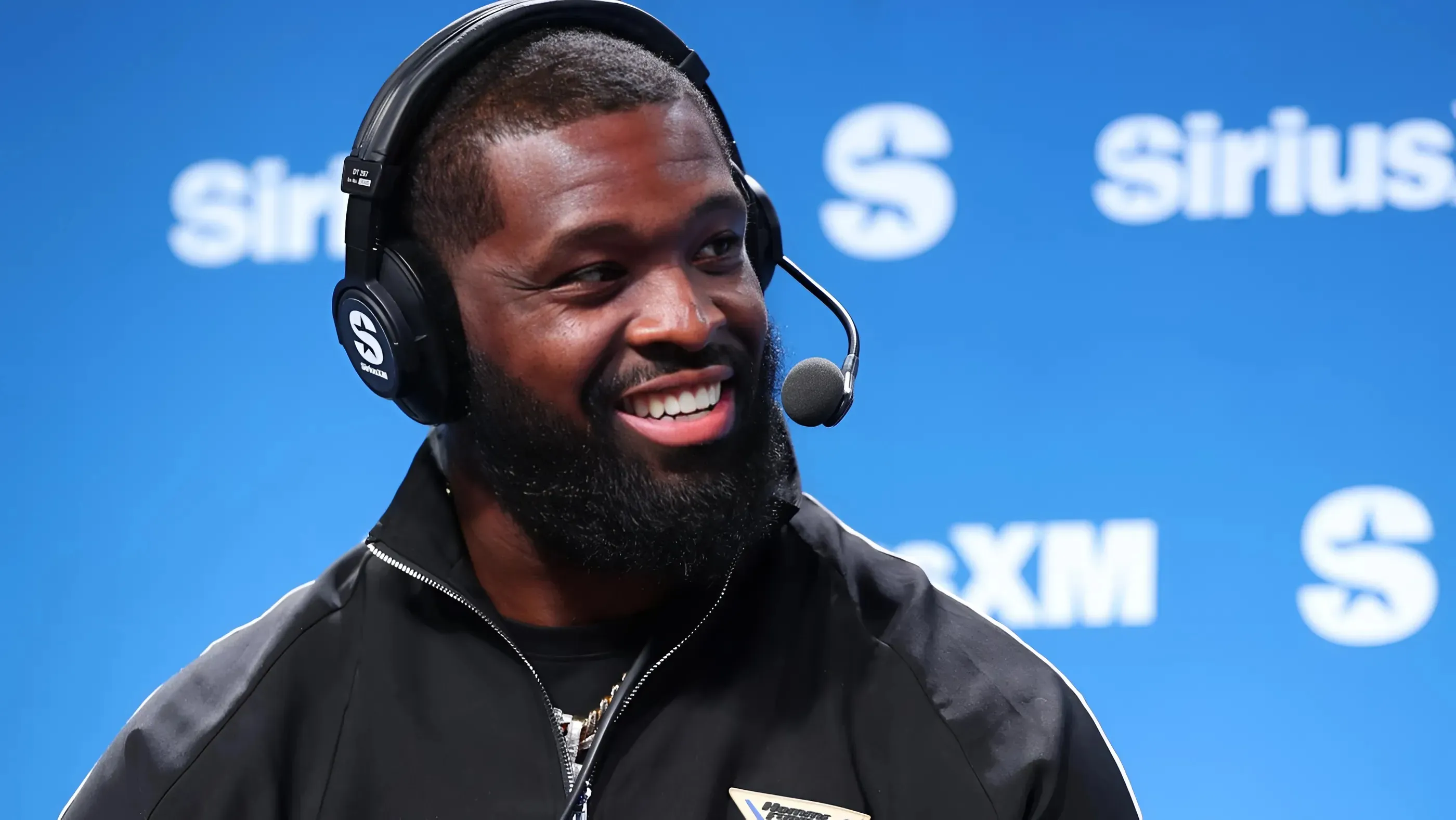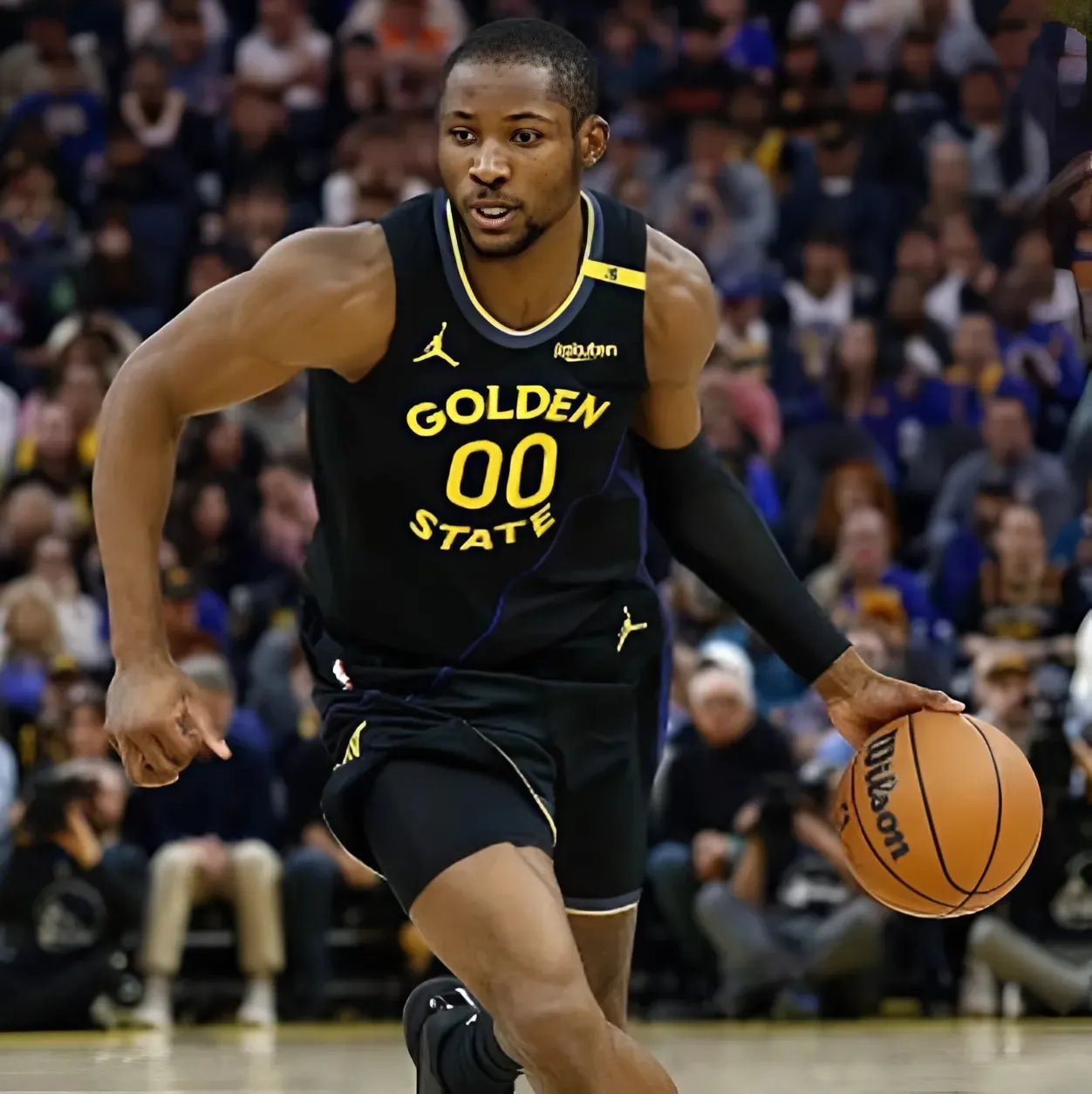So much time goes by from the end of the NFL season to the draft that analysis becomes overanalysis and it can lead to paralysis.
The run up to the draft began at the Senior Bowl, and plenty of players who stood out then have faded to the background as others have stepped forth through the combine workout, the pro day workouts and even from private workouts or 30 visits.

What was reality is myth and what was myth is reality. It's easy to start thinking about truths as fallacies and vice versa. It's hard to recall at this point.
It all needs to be addressed to clear the head. Logic never hurts.
Here are the myths and realities of this draft as they pertain to the Bears and their 10th position in Round 1.
Myth
The Bears need "special" at pick No. 10 and should take TE Tyler Warren.
Reality
They're most likely not getting a special player at 10 regardless, unless Ashton Jeanty, Abdul Carter or Mason Graham somehow falls to them.
None seem likely to fall so far.
Warren isn't special. He's better than other tight ends but that's not a position where special exists in nature. It's a position where special is made through scheme.
There have been only three tight ends drafted in the top 10 since the Bears last went to the Super Bowl and it's safe to say only one produce numbers close to justifying his high pick, and that was T.J. Hockenson. He was so good the Lions sent him away before his second contract.
Myth
It's better to draft Warren 10th than reach for running back Omarion Hampton at 10.
Reality
Hampton might not be worthy of a top 10 pick but if you've got him graded anywhere near the top half of Round 1 then he's easily a choice over Warren or TE Colston Loveland.
It's simple math.
As one of the top two backs, and eventually No. 1, the ball will be or will be intended for Hampton's hands way more often than it will ever be for Warren's hands.
In Detroit, David Montgomery ran the ball or was the target for a Jared Goff pass 223 times and 243 times the last two years in Ben Johnson's offense. Jahmyr Gibbs was the target or had it intended for his hands 313 and 253 times the last two years.
Meanwhile, Detroit targeted tight end Sam LaPort 83 times and 120 times, LaPorta's 120 targets in 2023 came while wide receiver Jameson Williams was available due to injury for only 43 targets. When Williams was healthier, he got targeted 91 times, LaPorta's targets then dropped to 83 from 120. The tight end is a minor role compared to a back, even in a shared backfield situation.
Consider the situation in Chicago, where there are already two wide receivers and tight end Cole Kmet to get the ball to, besides the running backs. Warren's touches would be limited to far fewer than LaPorta ever had in Detroit.
Is it worth spending a top 10 pick to bring in a guy who is intended to handle the ball so little while ignoring a good talent like Hampton, who could actually wind up with over 300 touches a year if he eventually is the starter?
Doah. Homer Simpson could figure out the good running back is more valuable for the offense than the elite tight end, who would only be running wasted routes or blocking a lot of the time.
The good wide receiver is better than the elite tight end too. Why waste a 10th pick on the tight end position?
And don't say anything about Warren's blocking being a big help. If you're a GM, you're not taking tight ends top 10 in today's NFL because you like their blocking. If you are a GM saying this, there's a job with a Division II or III program somewhere for you.
Warren is a very good tight end but he is a tight end. He might not even be TE1 in this draft because of Loveland. But both are tight ends and not good running backs. The backs will handle the ball four to five times as often as the tight end.
If Hampton is considered a top 15-25 pick a player getting the ball as much as he will needs to be taken ahead of any tight end and even those with a top end target total of 120 times. Considering the Bears paid Kmet $11 million a year, they're not taking too many targets from him to give to a second tight end.
Myth
There are backs just as good as Hampton later in the draft.
Reality
There are none with the combination of weight, muscle, power and speed that Hampton has.
There are good ones like Kaleb Johnson, underrated Miami back Damien Martinez or Ohio State's Quinshon Judkins, and they have power and some speed. But they don't have quite as much ability as Hampton to both make tacklers miss, run through tacklers and then take it the distance after they've run past or through someone.
As Dane Brugler of The Athletic said of Hampton: "And once he sees daylight, he's gone."
That's uncommon for a 6-foot, 221-pound backs.
"High-volume battering ram with a three-ingredient recipe of size, strength and aggression," Lance Zierlein of NFL.com said of Hampton
The difference between Hampton and the other backs in this draft is almost like the difference between Hampton and Jeanty.
Hampton is the No. 2 college running back of the last decade in yards per carry on runs after he's hit behind the line of scrimmage. That's an extremely important statistic in relation to the NFL because it's going to happen plenty of times more to backs in the NFL than it did to them in college, and Hampton has already proven he can handle this well.
Myth
The Bears shouldn't draft tackle Will Campbell because of arm length.
Reality
Even draft analysts who don't like Campbell's arm length wouldn't say he is an unworthy blocker. They'd say to put him at guard, but not tackle.
The thing is, Campbell has never been overly taxed by having shorter arms that are 32-5/8 inches when he blocks.
All-Pro lineman Joe Thuney has shorter arms than Campbell and had Kansas City's second-highest Pro Football Focus pass blocking grade among offensive linemen in the 2024 postseason while playing at left tackle for three games. His arms are 32-1/4 inches.
Myth
Texas tackle Kelvin Banks Jr. didn't have a good 2024 season and shouldn't be drafted in the first half of Round 1
Reality
To the contrary, Banks' Pro Football Focus blocking grade last season was excellent, and 10.9 points higher than any other season in his career.
He had a pass blocking grade in the top 10.1 % of college tackles. He had high PFF marks in true pass set blocking and in run blocking both for zone and gap schemes.
In fact, he had a much better PFF blocking grade than Campbell did and until recently Campbell has been regarded as the likely first tackle to be drafted.
You can say that's just Pro Football Focus grades. This is true enough. Then produce some other grades. They're pretty much the standard for independent grading of all positions but especially on the line where there are no real statistics of note like there are for other positions.
Myth
Missouri tackle Armand Membou could be plugged in at left tackle as the starter
Reality
They'd probably need to see him play there a down or two first. He never actually played a snap at left tackle in college.
Membou had a higher PFF blocking grade than both Campbell and Banks last year, but it was at right tackle. He played 1,963 snaps at right tackle in college and one play at left guard.
Myth
Mason Graham is too small to start for the Bears at defensive tackle.
Reality
Graham isn't the biggest player but he is about the size Dennis Allen likes in a 3-technique defensive tackle.
At 6-3 1/2 and 296 pounds, he was smaller than many defensive tackles but that isn't his normal playing weight. He said at the combine he played at 310-312 pounds last year.
It seems unlikely he'd drop to No. 10 but if he did his size won't be an issue for the scheme.
Myth
Georgia edge player Jalon Walker could fit perfectly as a hybrid player in the Bears defensive scheme.
Reality
The Bears defensive scheme doesn't use hybrid edge players.
He would fit if he put on 18 pounds but then his speed might be in question.
Allen's defensive scheme with the Saints did not have an edge player under 261 pounds who played any meaningful role from 2018-24. He requires at least one in the 280-pound range who is a stout end like Dayo Odeyingbo, and the smaller edge can be in the 260s, like Montez Sweat.
Walker is tiny compared to Allen edges. He measured 6-1, 243. If the Bears had a player like that, they would be brought in as substitute edge rusher in obvious passing situations.
Using a top 10 draft pick for someone who is not going to start or play the majority of downs makes little sense.
This weight situation is an issue. The Bears asked Austin Booker, Dominique Robinson and Daniel Hardy to add weight because they didn't fit the mold.
Myth
The Bears would love the chance to move back from No. 10 to 21 in a trade with Pittsburgh.
Reality
They would need to really be offered a nice package of picks to move back 11 places because the level of talent at many positions will drop off by then in Round 1 at least a little.
If they moved back and wanted a tackle, they might be able to draft Oregon's Josh Conerly Jr. It seems unlikely they'd get a chance at Josh Simmons or Banks as far back as 21.
And if they moved back hoping to target Hampton, there's a very good chance he'd be gone by then.


-1751035474-q80.webp)
